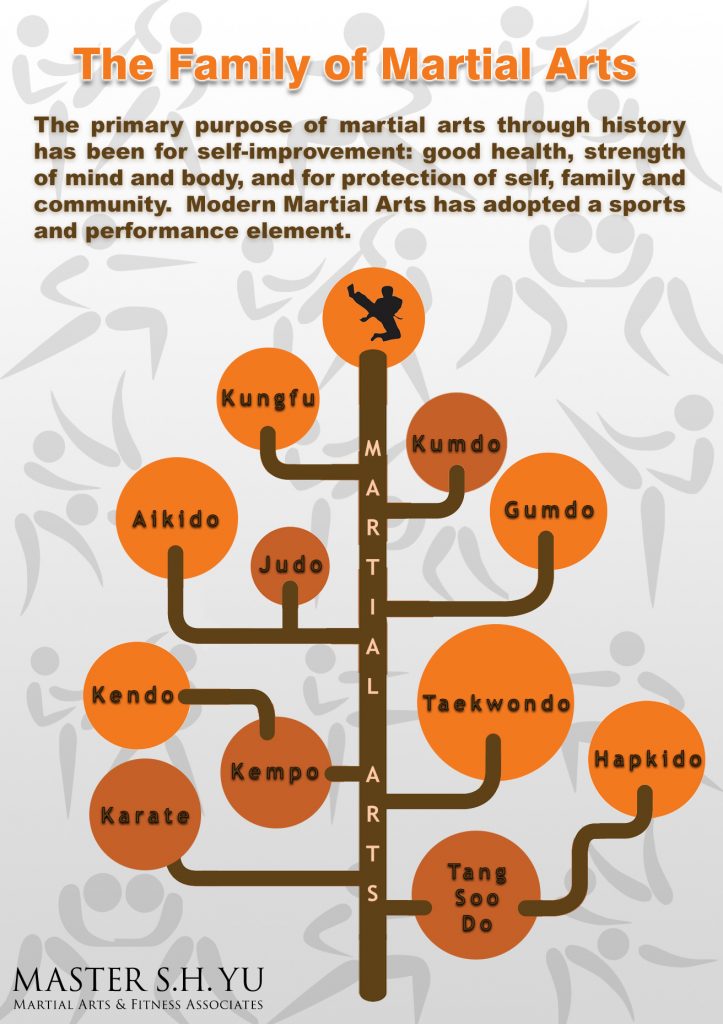Recognizing The Different Belt Levels In Taekwondo: Important Info To Remember
Recognizing The Different Belt Levels In Taekwondo: Important Info To Remember
Blog Article
Authored By-Urquhart Gonzalez
Did you know that there are an overall of 10 belt degrees in Taekwondo? From the beginner's white belt to the respected black belt, each degree represents a milestone in your trip to proficiency.
Yet what do these belt levels truly imply? How do martial arts for older people progress via them?
In this discussion, we will break down the belt degrees in Taekwondo, explore their value, and reveal what it requires to increase via the rankings.
So, if you're curious to understand the ins and outs of Taekwondo's belt system and what it implies for your training, stay tuned.
The Function of Belt Degrees
The objective of belt levels in Taekwondo is to offer a clear and structured development system for you to track your growth and skill degree. As you begin your Taekwondo trip, you start with a white belt, signifying your beginner status. With each belt promo, you acquire new understanding, techniques, and obligations.
The belt degrees serve as milestones, mirroring your devotion, dedication, and development in the fighting style. They offer a sense of achievement and inspiration to maintain pushing on your own to boost. Furthermore, belt degrees assist trainers and peers examine your capacities and give appropriate guidance and training.
Belt Colors and Their Definitions
As you advance via the belt degrees in Taekwondo, each shade represents a particular definition and signifies your development in the martial art.
The white belt, which is the starting point for all beginners, signifies pureness and virtue.
As you go on to the yellow belt, it signifies the earth where a plant sprouts and takes root.
The green belt represents development and the advancement of your skills.
Heaven belt signifies the skies, where your potential as a Taekwondo specialist is infinite.
The red belt stands for danger and care, reminding you to use your abilities properly.
Finally, the black belt represents mastery and proficiency, signifying your trip towards becoming a true Taekwondo master.
Each belt color holds its own special significance, mirroring your development and dedication in this old martial art.
Progressing Via the Belt Levels
To progress with the belt levels in Taekwondo, you have to constantly demonstrate your skills and dedication. Here's what https://www.looper.com/1046717/awesome-movies-like-karate-kid-everyone-needs-to-see/ need to learn about progressing in this martial art:
1. ** Practice Makes Perfect **: Routine training sessions are vital to boost your strategy and master the required forms. Repetition refines your skills, enabling you to perform with precision and speed.
2. ** Pressing Your Limitations **: Progressing through the belt degrees requires pressing yourself past your comfort zone. You'll be tested physically and mentally, but it's through these obstacles that you expand and improve.
3. ** Testing Your Expertise **: Belt examines evaluate your understanding of Taekwondo concepts, consisting of sparring, self-defense, and breaking methods. https://self-defensemoveseverygir45566.tusblogos.com/32582634/master-the-art-of-self-defense-with-these-effective-martial-arts-methods-find-out-to-safeguard-on-your-own-and-obtain-self-confidence-in-any-type-of-scenario have a detailed understanding of the art and are ready to proceed to the following level.
Verdict
As you start your trip through the belt degrees in Taekwondo, keep in mind that each color holds a much deeper definition beyond its surface appearance.
Similar to the dynamic colors of the belts, your progress represents growth, technique, and perseverance.
As you advance, each belt becomes a symbol of your dedication and mastery of the art.
Embrace the obstacle, push your limitations, and allow the symbolism of your belt levels motivate you to come to be the most effective variation of yourself both on and off the floor covering.
